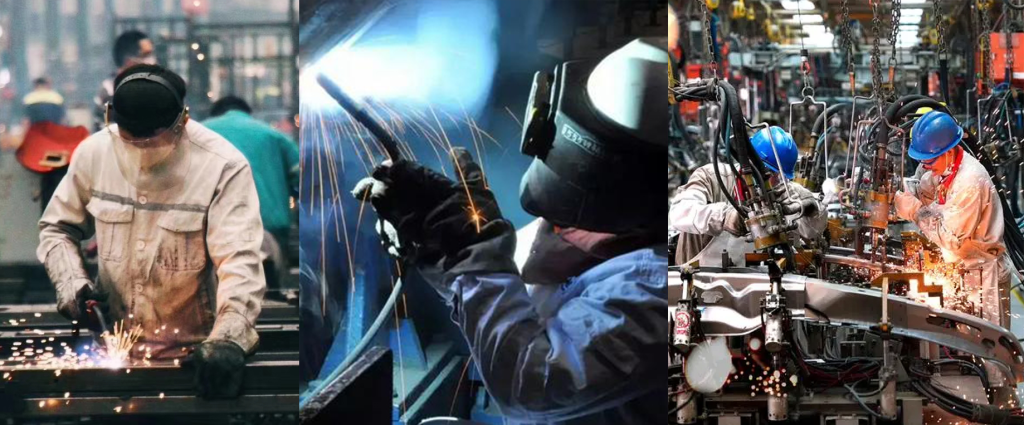Safety shoes anti-smashing steel toe: steel toe type, safety shoes anti-smashing steel toe standard
Introduction to safety shoes steel toe
Anti-smashing is one of the main functions of safety shoes, and anti-smashing steel toe is the material that constitutes this function. It is located inside the toe position of the safety shoe. A protective layer is formed on the outside of the toe. It can protect the worker’s feet from being hit by falling heavy objects. It greatly increases the work efficiency of workers.
Steel toe and composite toe
Usually, safety shoes use two different materials as anti-smashing steel toe, namely traditional steel toe and composite toe.
•Steel toe
Traditional steel toe, usually with a layer of electroplating on the outside. Its advantages are high hardness and affordable price. But the disadvantages are heavy weight and easy to rust.
•Composite toe
Compared with traditional steel toe, composite steel toe, also known as glass fiber toe cap, has higher safety, pressure resistance and impact resistance. Lighter weight improves the comfort of workers. The material is environmentally friendly. But the price is usually higher than traditional steel toe.

Anti-smashing standards in various countries
•European standard
EN345:1992 professional labor protection shoes, with built-in steel plates in the toe, can prevent impact forces equivalent to 200 joules (J)
•American standard
ANSI-Z41-1991
•Chinese standard
GB21148-2020 requires pressure resistance of 15KN and impact resistance of 200J.
•Japanese standard
J1S-T-8015:1983
Application Sites
•Construction sites
There is often a risk of heavy objects falling, and workers’ toes are prevented from being hit by heavy objects.
•Manufacturing plants
In environments such as machinery manufacturing and steel processing, tools, equipment or materials may fall.
•Mining operations
Ore or equipment may fall during transportation, and anti-smashing shoes can provide additional protection.
•Port terminals
When loading and unloading goods, heavy containers or other equipment are prone to fall, and wearing labor protection shoes helps protect your feet.
•Logistics warehouses
When handling and storing large items, labor protection shoes can prevent goods from falling and causing damage to the feet.
•Heavy industry
Industries such as metallurgy and petrochemicals often need to handle heavy equipment or materials, and the anti-smashing function of labor protection shoes is very critical in these environments.

